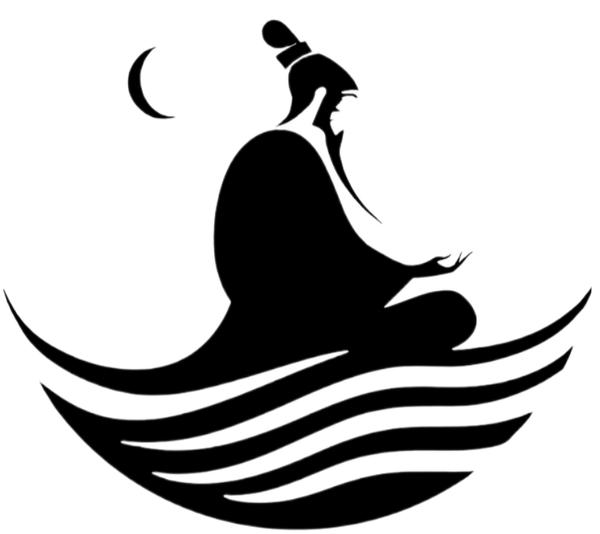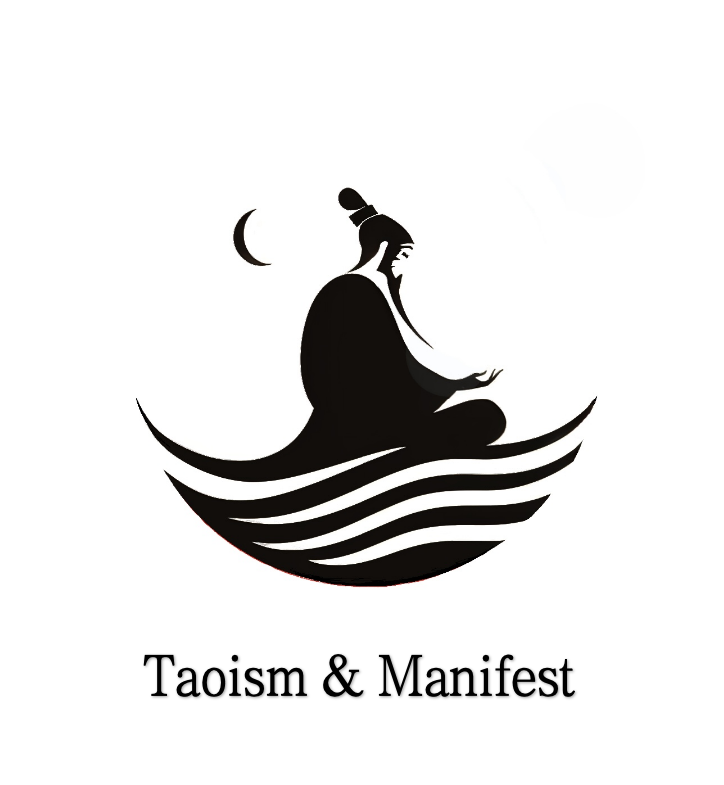Since its formal establishment during the Han Dynasty, Taoism has a history spanning over two thousand years. This religion has continuously developed alongside the rise and fall of dynasties, intricately linked to significant historical events. Before its formal recognition, Taoist thought gradually matured, with the foundations of the Way of Supreme Peace and the Way of the Celestial Masters (Five Pecks of Rice Sect) being laid during the Eastern Han Dynasty. The Tang and Song Dynasties marked a flourishing period for Taoism as Chinese feudal society reached its peak.
Historical Origins
Taoism began with practitioners known as "seekers of the Way" (道人) and "immortal scholars" (仙士). These theories did not emerge spontaneously; they are deeply rooted in the pre-Qin period's Taoist thought and the ancient Yellow Emperor tradition. Over time, Taoist philosophy evolved into a formal religion, leading to the establishment of Taoism as we recognize it today.
The late Spring and Autumn period saw the writing of the "Tao Te Ching" by Laozi, marking the formal birth of the Taoist school. The "Huang-Lao School," which focused on practical applications of Taoist philosophy, became mainstream during this time. Additionally, the "Huang-Lao Silk Manuscripts" emerged as another classic text. At the Jixia Academy, Huang-Lao Taoists became the most numerous and influential group among various schools of thought.
Early Development
During Emperor Jing's reign of the Western Han Dynasty (156-140 BCE), the "Three Maos" or "Three Mao True Lords" appeared. The brothers Mao Ying, Mao Gu, and Mao Zhong followed Mao Ying's enlightenment journey, which began at Mount Heng. Influenced by their elder brother, both younger brothers abandoned their official posts to study Taoism at Mount Ju. By the reign of Emperor Xuan (74-48 BCE), they were posthumously honored as the "Nine Heavens True Lords of Transformation of the Three Maos."

In 141 CE, Zhang Ling declared himself the "Supreme Pure Original," establishing Taoism and gathering disciples. He created twenty-four activity centers in the Ba and Shu regions, forming a large organization known as the "Way of Orthodox Unity." Membership required a donation of five pecks of rice, leading to its nickname, the "Way of the Five Pecks of Rice." Followers revered Zhang Daoling as the Celestial Master, further solidifying its identity as the "Way of the Celestial Masters."

Flourishing Period
During the Sui Dynasty, Buddhism gained favor under Emperor Wen, becoming the foremost among the three teachings (Confucianism, Buddhism, and Taoism), with Taoism in second place. However, it was the Tang Dynasty that saw Taoism rise to primary prominence.
By the end of the Tang Dynasty and into the Five Dynasties period, the pursuit of Taoism became more practical, integrating Confucian ideas. This paved the way for the emergence of the Quanzhen School during the Song and Yuan Dynasties. In Quanzhen Taoism, immortals transformed from distant beings into individuals capable of transformation, ascension, and eternal life, emphasizing their human characteristics over their divine aspects.
Gradual Decline
Genghis Khan summoned Qiu Chuji, a master from the Quanzhen School, for lengthy discussions, respectfully referring to him as "Immortal Qiu." However, during the late Tang Dynasty and the Five Dynasties period, a pragmatic approach to Taoism emerged, increasingly influenced by Confucian thought. This transition led to the establishment of the Quanzhen School, which saw immortals as more relatable figures.

As the Quanzhen School gained prominence, it attracted the suspicion of ruling authorities who favored Buddhism, resulting in significant setbacks for the school. The intentional favoritism towards Buddhism led to a decline in Quanzhen Taoism.
Revival of the Quanzhen School
After the establishment of the Ming Dynasty, Zhu Yuanzhang initially favored the Zhengyi School. However, during the Yongle era, Zhang Sanfeng of the Quanzhen School founded the Wudang Sect, leading to a resurgence of Quanzhen Taoism. By the Qing Dynasty, it had become the dominant force in Taoism, especially during Emperor Qianlong's reign.
Taoist Renaissance
In the Qing Dynasty, the Zhengyi School's influence waned. In the fourth year of Qianlong's reign, a decree prohibited future patriarchs from conducting initiation ceremonies. Since Zhengyi disciples could marry and have children, this limitation severely stunted their growth. Conversely, the Quanzhen School, which promoted monastic life, thrived, solidifying its dominance in the Taoist landscape.

Taoism & Manifest
The evolution of Taoism highlights its rich cultural heritage and profound influence. At Taoism & Manifest, we are dedicated to introducing this ancient belief system to a global audience. Our Master Lu, from the Quanzhen School, embodies deep Taoist cultivation and lineage. Beyond providing educational resources on Taoism, our website features various Taoist products and services, facilitating a deeper understanding of Taoist principles. Join us at Taoism & Manifest to explore the mysteries of Taoist culture and embark on a journey of spiritual and personal growth.

Reference
Taoism Overview - Wikipedia: Taoism
History of Taoism - Wikipedia: History of Taoism
Tao Te Ching - Wikipedia: Tao Te Ching
Confucianism - Stanford Encyclopedia of Philosophy: Confucianism
Buddhism in China - Encyclopedia Britannica: Buddhism in China
Quanzhen School of Taoism - Wikipedia: Quanzhen School
Taoism and Its Practices - The Daoist Foundation: The Daoist Foundation






